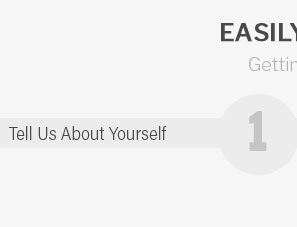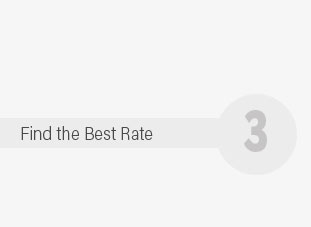 |
 |
 |
|---|
 |
 |
 |
 |
|---|
 |
 |
 |
 |
 |
 |
|---|

Understanding Whole Life Insurance Premiums: A Comprehensive GuideWhole life insurance is a type of permanent life insurance that provides coverage for the entire lifetime of the insured. One of the most discussed aspects of whole life insurance is the premium structure. In this article, we will delve into the intricacies of whole life insurance premiums, exploring how they work, what influences them, and why they might be a suitable choice for some individuals. What Are Whole Life Insurance Premiums?Whole life insurance premiums are payments made by the policyholder to the insurance company to maintain the policy. These premiums are typically higher than those of term life insurance, but they offer unique benefits such as a cash value component.
Factors Affecting Whole Life Insurance PremiumsSeveral factors influence the cost of whole life insurance premiums: Age and HealthThe age and health of the applicant significantly impact the premium rates. For instance, a policy taken at whole life insurance age 65 might be more expensive than one started earlier. Policy AmountThe death benefit amount you choose affects the premium. Higher coverage amounts generally require higher premiums. Company RatesDifferent insurance companies have varying pricing strategies. It's essential to compare quotes from multiple insurers. Benefits of Whole Life Insurance PremiumsWhole life insurance offers several benefits that can justify the higher premiums:
Additionally, the cash value component grows based on a set interest rate, sometimes influenced by whole life insurance compound interest, adding another layer of financial growth potential. Frequently Asked QuestionsWhat happens if I stop paying my premiums?If you stop paying premiums, the policy may lapse, meaning coverage ends. However, you might have options like using the cash value to cover premiums temporarily. Can I change my premium payments?Typically, whole life insurance premiums are fixed. However, certain policies might offer flexible premium options, allowing adjustments under specific conditions. How does the cash value component work?The cash value component grows over time, tax-deferred, and can be accessed through loans or withdrawals. It's funded by a portion of your premium payments. Understanding whole life insurance premiums can help you make an informed decision about whether this type of policy aligns with your financial goals and needs. https://www.dfs.ny.gov/faqs/consumer-life/will-scheduled-premium-payments-whole-life-insurance-change-over-time
Will the scheduled premium payments for whole life insurance change over time? Answer. Generally, in a traditional whole life ... https://www.benefits.va.gov/insurance/forms/Whole-Life-Fact-Sheet.pdf
Please Note: VALife does not offer waiver of premiums. Here are the general features of whole life insurance compared to term life insurance: Whole Life. Term ... https://www.ace.aaa.com/insurance/life-insurance/whole-life-insurance-rates-by-age.html
A 55-year-old female can expect to pay around $81 a month for the same policy. If you have health conditions that may disqualify you from a traditional policy, ...
|
|---|